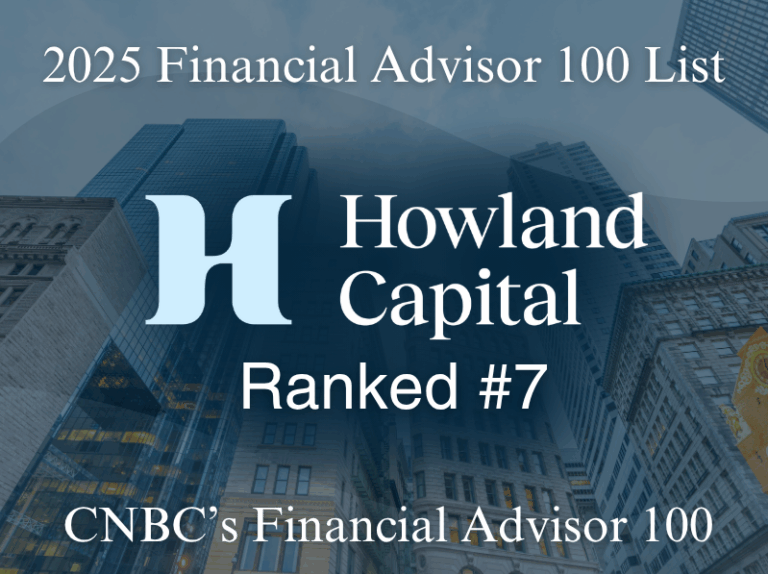The U.S. economy proved resilient in 2023, defying predictions of a contraction. Despite the sharp rise in interest rates during the year, growth accelerated to 5.2% (annualized) in the third quarter, ahead of expectations for 4.9% growth, while inflation fell closer to the Fed’s long-term 2% target. At its December meeting, the Fed kept rates unchanged and signaled that short-term rates have likely peaked. So far, the “soft landing” scenario is playing out. Though the Fed is probably done raising interest rates, the path forward for economic growth will likely depend on what they do next. Although the Fed is predicting that several rate cuts lie ahead as inflation and nominal growth ease, it will be watching the inflation data closely to determine the timing and magnitude of these cuts. After inflation reached 50-year highs in 2022, headline CPI fell sharply to 3.1% year-over-year in November, well below the 9.1% peak reached in June of 2022. While 3.1% is still above the Fed’s target, the dynamics of the underlying inflation components provide us with confidence that this downtrend will continue.
We see a reasonable probability that growth will continue, but that the Fed will not reduce rates too quickly and risk an inflation flare-up. We also expect growth to moderate into the low single digits as the cumulative effect of more restrictive monetary policy takes hold. While consumers have remained resilient, we expect spending to slow as wage gains moderate and the belated impacts from tighter credit conditions are felt. Despite an enormous push to integrate Artificial Intelligence (AI) into all sorts of things, the pace of business spending will depend on corporate profits and a proven return for AI innovation. The housing market appears to have stabilized, and we see some optimism ahead as mortgage rates have likely peaked. Global trade will likely be a modest drag as the strength in the U.S. dollar and sluggish growth overseas will pressure exports. Gridlock in Washington shows no signs of easing, so we don’t expect an additional boost from fiscal stimulus. Nonetheless, 2024 is a presidential election year, which has historically boded well for economic growth. Geopolitical risks abound but have not resulted in any significant shocks to the domestic economy. Overall, our view is that 2024 should be a positive year for the economy and the financial markets, driven by falling interest rates and more modest but still steady consumer spending. The potential for a contraction remains, however, if inflation returns in any meaningful way or employment and spending fade.
Outside the U.S., the global economy also proved to be more resilient than expected in 2023, though some regions and countries fared better than others. The Eurozone, the UK, Canada, and China struggled, while Japan and most emerging markets outside of China were stronger. In China, depressed consumer and business confidence continues to challenge growth, while the full effects of stimulus measures from policymakers have yet to be realized. China’s weakness also spilled over to Europe, which is similarly experiencing weak domestic consumption, compounded by the war in Ukraine. Activity is now showing signs of stabilizing, albeit at low levels, and there is hope for a modest reacceleration in Europe as falling inflation boosts real incomes. Global growth should be less divergent versus the US in 2024, with the US economy slowing down and China’s economy stabilizing. However, the key question is how much this gap will close – and whether it is due to a U.S. slowdown or a pickup in overseas growth.
